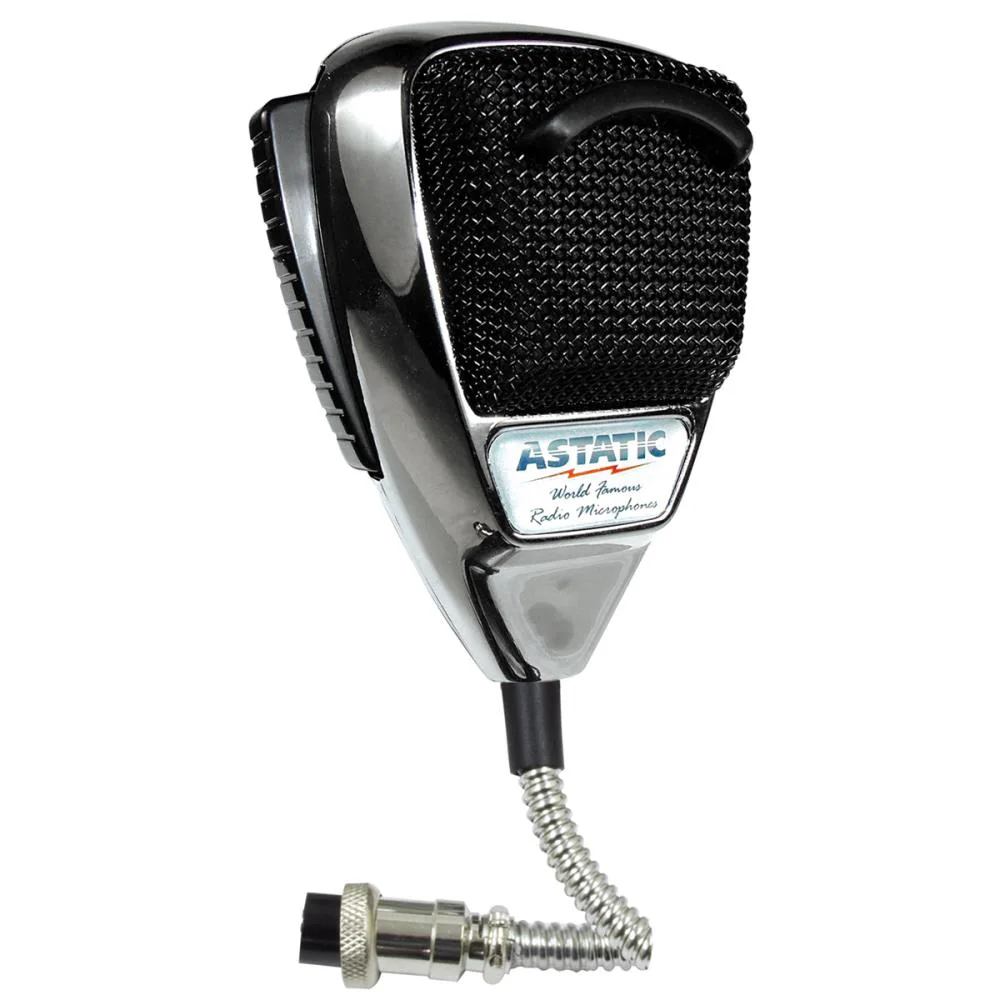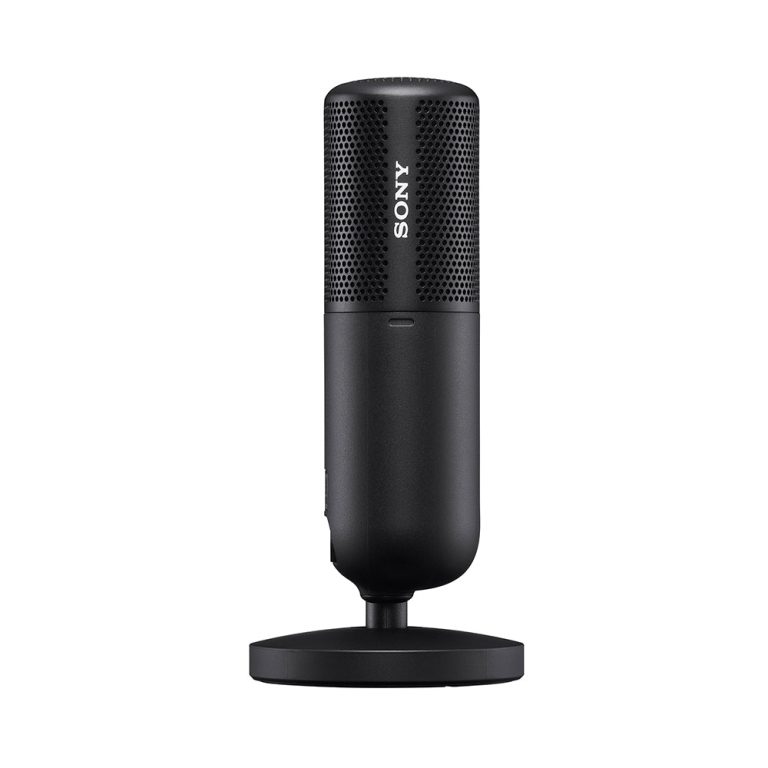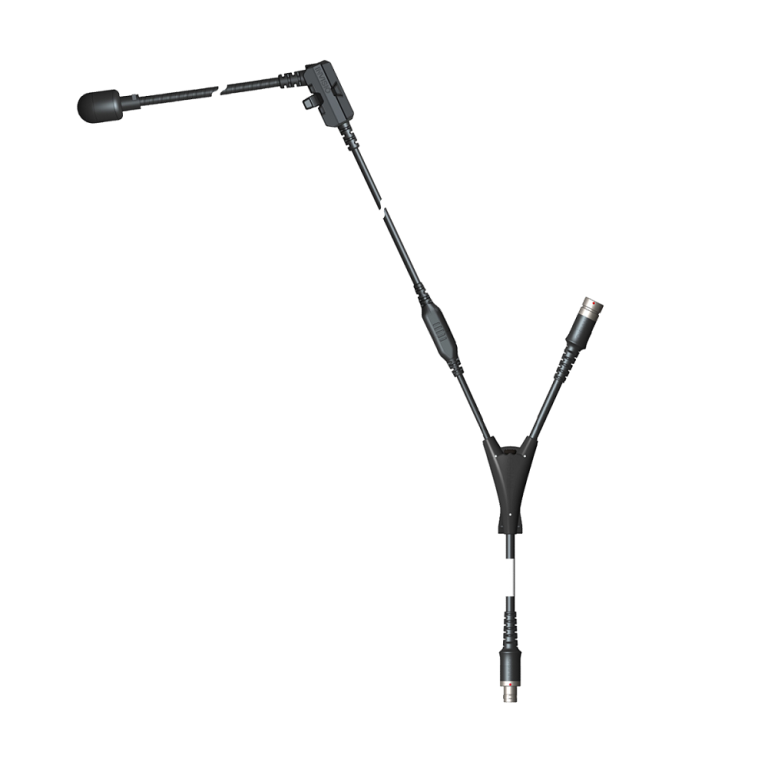Choosing the right radio microphone can be challenging, given the many options available. However, focusing on specific essential features can guide you in making the best choice. This article explores the key attributes to consider when selecting a high-quality radio microphone.
Sound Quality
Frequency Response
Frequency response is a crucial factor to consider. It indicates how a microphone responds to various audio frequencies, from low bass to high treble. A wide frequency range captures a full spectrum of sounds, essential for clear and dynamic audio.
Look for microphones with a flat frequency response for accurate sound reproduction. This ensures that the microphone doesn’t emphasize or suppress any particular frequency. Frequency response impacts the overall sound quality and fidelity. Choosing a microphone with a wide and flat frequency response ensures clear and natural audio.
Signal-to-Noise Ratio
The signal-to-noise ratio (SNR) measures the level of the desired signal compared to the background noise. A high SNR indicates that the microphone captures more of the intended sound and less of the ambient noise.
A high-quality radio microphone usually has an SNR above 70 dB. This ensures clean and clear audio, crucial for professional and broadcast uses. A high SNR improves the clarity and purity of the recorded sound. It reduces unwanted noise and enhances overall sound quality.
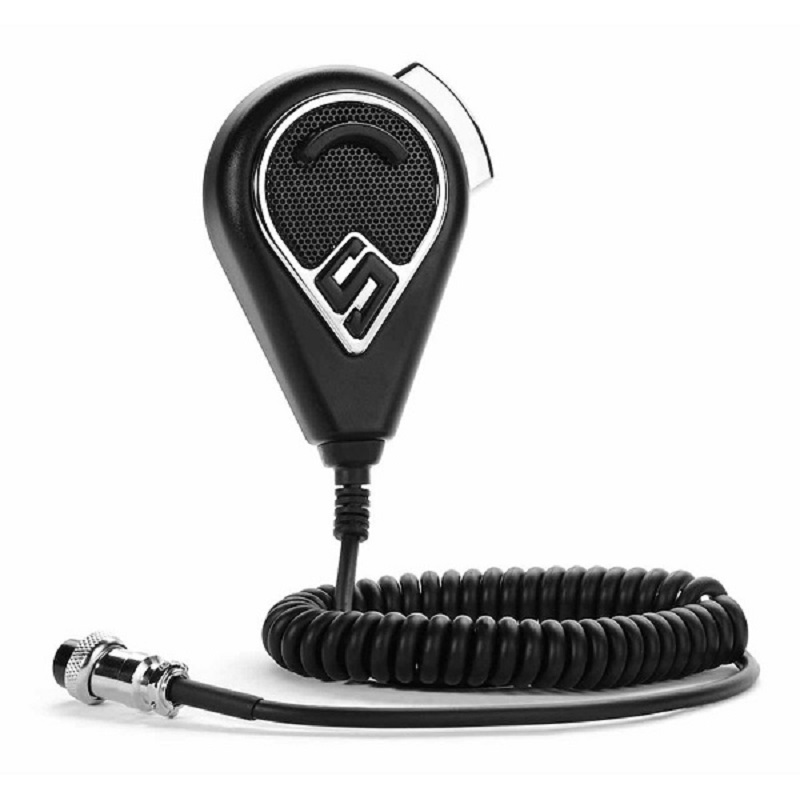
Durability and Build Quality
Sturdy Construction
Durability is important, especially for microphones used in various environments. A sturdy build ensures that the microphone can withstand rigorous use and accidental drops. Mic bodies made from metal or high-quality plastic offer better durability.
Check the weight and feel of the microphone. A well-constructed microphone feels solid and robust. Sturdy construction increases the microphone’s lifespan and reliability. It ensures consistent performance over time.
Weather Resistance
If you plan to use the microphone outdoors, weather resistance is a vital feature. Water-resistant or weatherproof microphones can endure harsh conditions like rain and dust. This feature is particularly important for field reporting and outdoor broadcasts.
Look for microphones with IP ratings that indicate their level of protection against water and dust. Weather resistance enhances the microphone’s versatility and durability. It ensures reliable performance in various environmental conditions.
Connectivity and Compatibility
Wireless Range
For radio microphones, wireless range is a critical feature. A long wireless range ensures stable and uninterrupted transmission, especially in large venues or during live events. Check the manufacturer’s specifications for the effective range of the microphone.
Look for microphones with a minimum range of 100 feet for reliable performance. Wireless range impacts the flexibility and usability of the microphone. A longer range provides more freedom of movement and consistent connectivity.
Compatibility with Devices
Ensure that the microphone is compatible with your existing devices, such as mixers, recorders, and computers. Universal connectivity options like XLR, USB, or 3.5mm jacks ensure broad compatibility. Some microphones also offer Bluetooth connectivity for wireless use with modern devices.
Compatibility is crucial for seamless integration into your existing setup. It ensures that you can use the microphone with various devices without needing extra adapters. Broad compatibility enhances convenience and adaptability. It ensures you can use the microphone in multiple setups and scenarios.
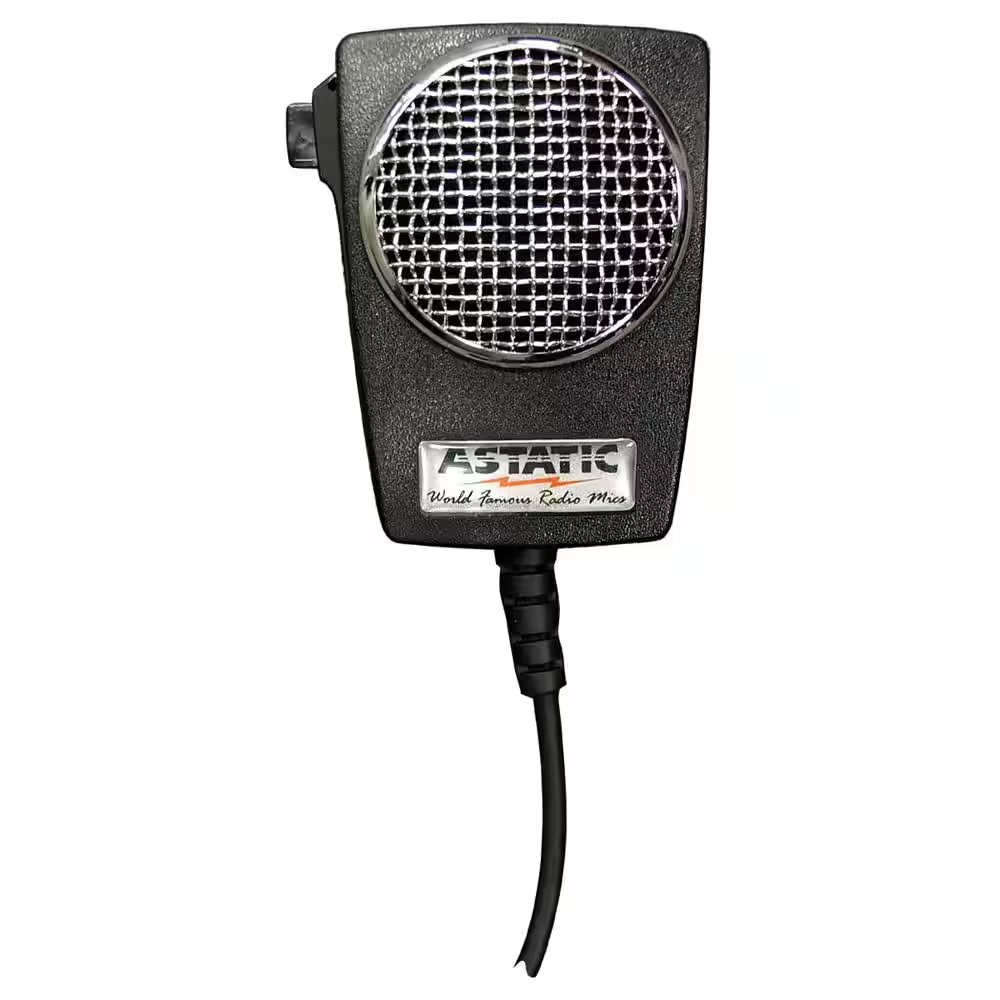
Battery Life and Power Options
Long Battery Life
For wireless microphones, battery life is a significant consideration. Long battery life ensures you can use the microphone for extended periods without interruptions. Check the specifications for both the transmitter and receiver’s battery life.
High-quality radio microphones often offer 8 to 12 hours of battery life. Longer battery life reduces the need for frequent recharging or battery changes. Reliable battery performance is essential for uninterrupted use during events, broadcasts, or long recording sessions.
Rechargeable Options
Rechargeable batteries are more convenient and environmentally friendly compared to disposable ones. Look for microphones with built-in rechargeable batteries. Some models offer USB charging, making it easy to recharge on the go.
Rechargeable options eliminate the need to carry extra batteries and reduce waste. They provide a sustainable and cost-effective power solution. Rechargeable microphones offer convenience and eco-friendliness. They ensure your microphone is always ready for use.
Flexibility and Adjustability
Adjustable Sensitivity
Adjustable sensitivity allows you to modify how the microphone picks up sound. This is crucial for adapting to different environments and sound sources. High-quality microphones offer sensitivity controls to adjust the input levels.
Changing sensitivity ensures optimal audio capture whether you’re in a quiet room or a noisy environment. This feature adds versatility and control over the audio quality. Adjustable sensitivity improves the microphone’s adaptability to various recording situations.
Multiple Pickup Patterns
Microphones with multiple pickup patterns offer greater flexibility. Common patterns include cardioid, omnidirectional, and bidirectional. Each pattern has its advantages, depending on the recording scenario.
Cardioid patterns are ideal for isolating sound from the front, omnidirectional patterns pick up sound from all directions, and bidirectional patterns capture sound from the front and back.
Switching between pickup patterns tailors the microphone to the specific needs of each recording scenario. Multiple pickup patterns enhance versatility and sound capture quality. They ensure optimal performance in diverse audio environments.

Ease of Use and Portability
User-Friendly Interface
A high-quality radio microphone should be easy to use, even for beginners. Features like intuitive controls, clear displays, and simple setup procedures enhance usability. Look for models with easily accessible buttons and indicators.
User-friendly interfaces reduce the learning curve and streamline operation. This is especially important during live events or on-the-go recordings. Ease of use ensures quick setup and efficient adjustments. It makes the microphone accessible and practical for all users.
Portability
For those who need to travel with their microphone, portability is key. Lightweight and compact designs make it easier to carry and set up the microphone in different locations. Some models come with carrying cases for added convenience.
Portability ensures that you can take your microphone wherever it’s needed. This feature is particularly beneficial for journalists, podcasters, and event hosts. A portable microphone offers flexibility and convenience for mobile recording needs. It allows you to maintain high audio quality on the go.
Additional Features
Built-in Monitoring
Built-in monitoring allows you to hear audio in real-time through headphones while recording. This feature helps ensure the audio quality and allows for immediate adjustments. Look for microphones with a headphone jack for monitoring purposes.
Real-time monitoring enhances control over recording quality. It ensures that you can address issues like background noise or clipping immediately. Built-in monitoring improves the recording process and final audio quality. It provides immediate feedback and quality assurance.
Wind and Pop Filters
Wind and pop filters are essential accessories that enhance audio clarity by reducing wind noise and plosive sounds. Some high-quality microphones come with built-in filters, while others include detachable options.
Using wind and pop filters ensures cleaner and more professional audio recordings. They are especially useful for outdoor and vocal recordings. Wind and pop filters enhance sound quality and professionalism. They minimize unwanted noise and ensure clear recordings.
Conclusion
Recap of Key Points
Choosing a high-quality radio microphone involves considering several essential features. Focus on sound quality factors like frequency response and signal-to-noise ratio for clear audio. Durability and build quality ensure the microphone withstands rigorous use. Wireless range and device compatibility enhance connectivity. Long battery life and rechargeable options provide reliable power. Adjustable sensitivity and multiple pickup patterns offer flexibility. Ease of use and portability make the microphone practical for various scenarios. Additional features like built-in monitoring and filters improve recording quality.
Final Thoughts
Selecting the right radio microphone requires careful consideration of these essential features. Prioritizing quality, durability, and versatility ensures you invest in a reliable and high-performance microphone. Whether for professional broadcasting, live events, or personal use, a high-quality microphone enhances your audio experience. By focusing on the key attributes outlined in this guide, you can make an informed decision that meets your specific needs. Enjoy the benefits of superior sound quality and performance with the right radio microphone.
